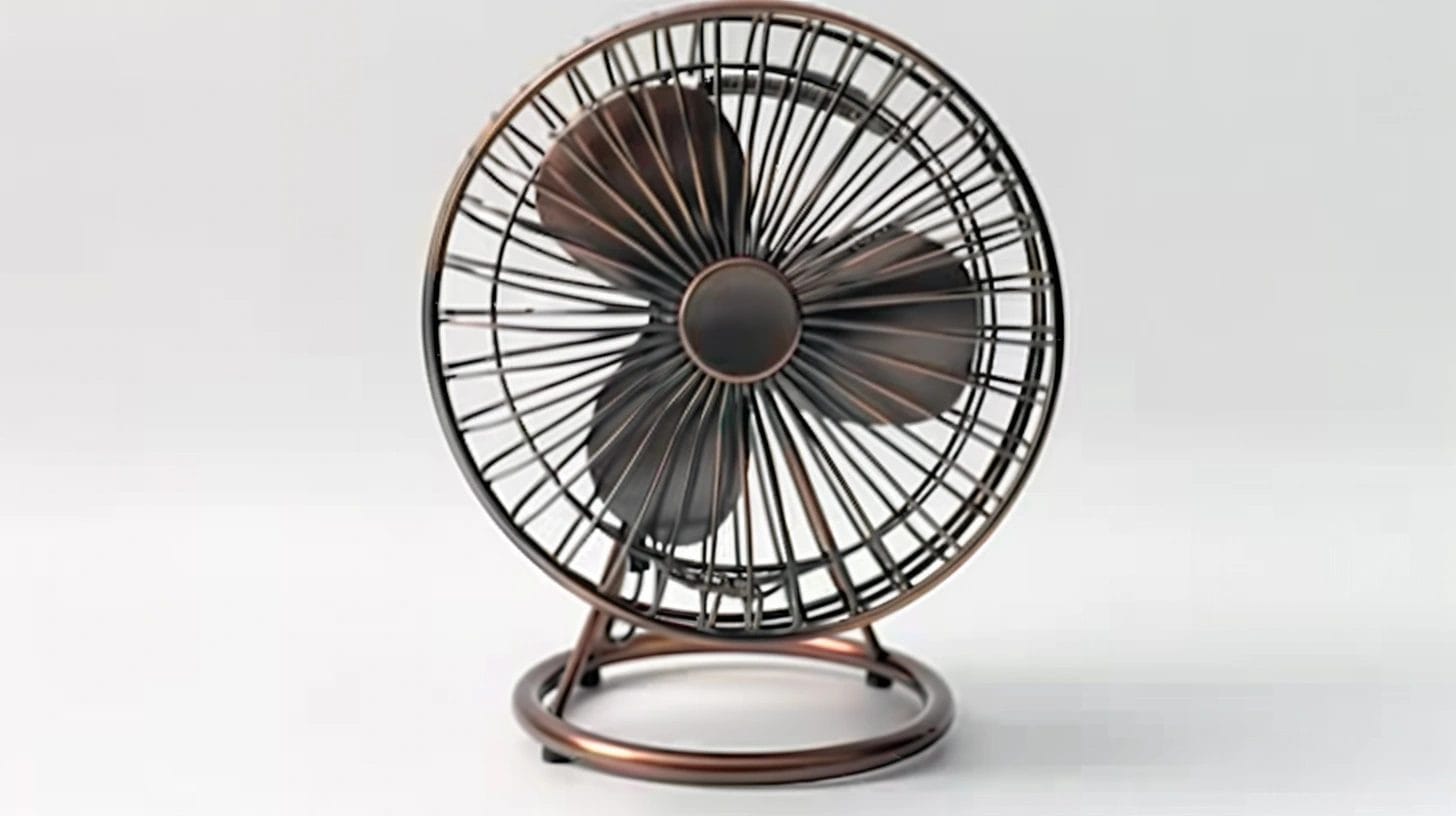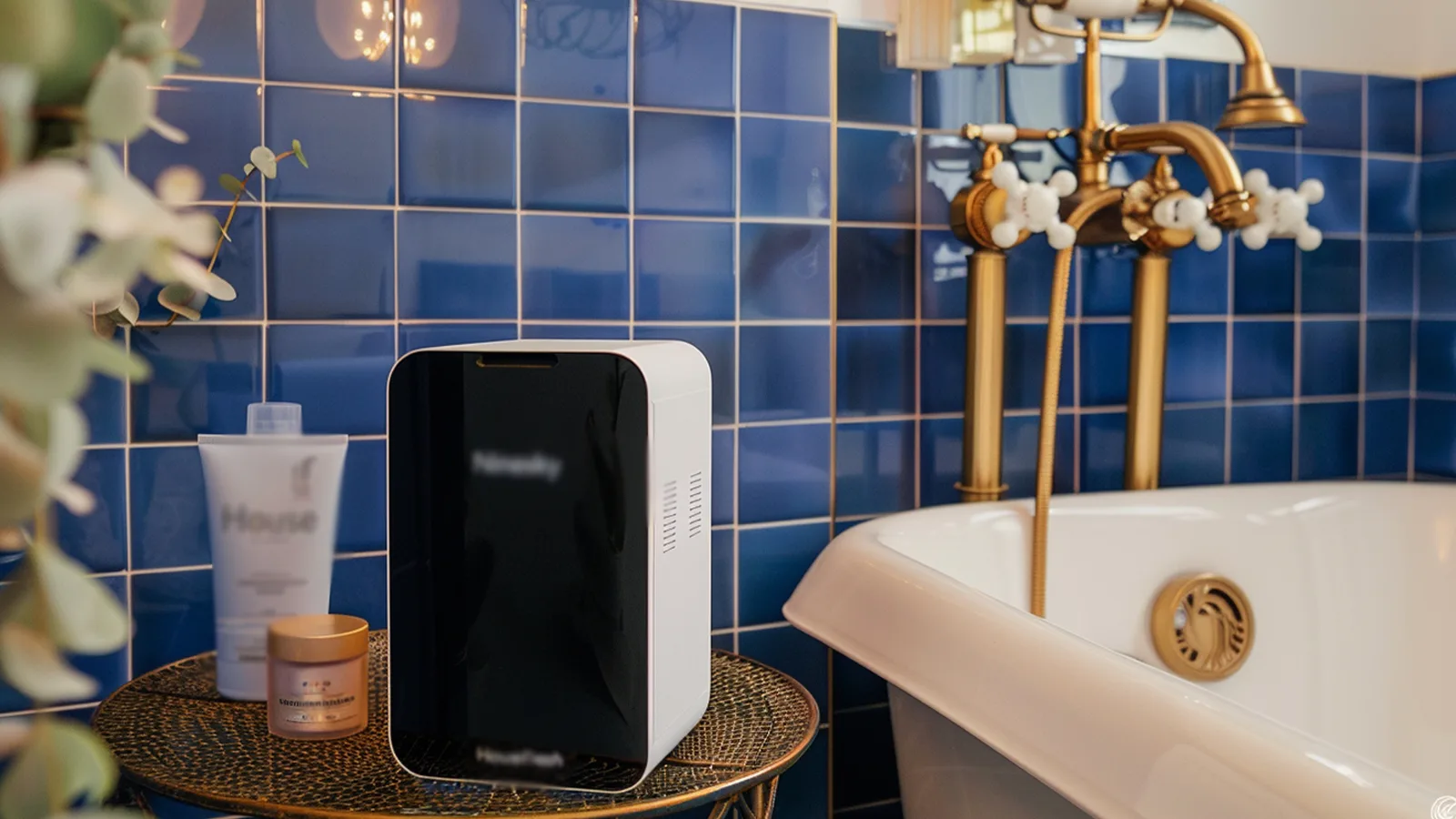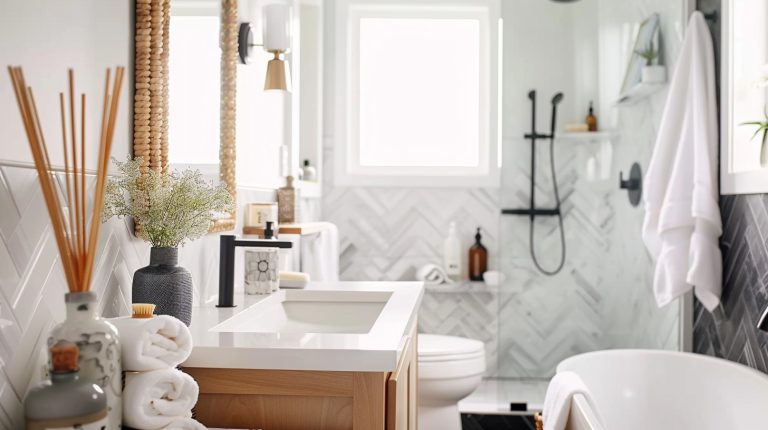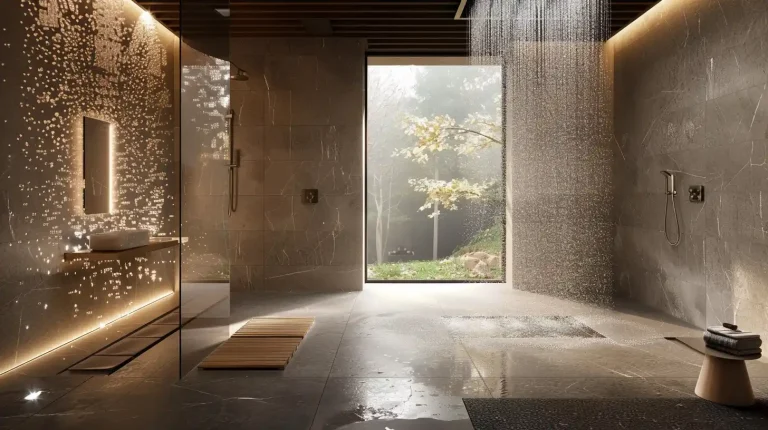Breathing Easy: How to Ventilate a Bathroom Without Windows
When dealing with a bathroom without windows, you’ve likely noticed the challenges of keeping it fresh and mold-free. Ventilating such a space is crucial for comfort and protecting your health and home from the dangers of excess moisture.
While the situation may seem tricky, there are effective strategies to ensure proper air circulation. But how exactly do these solutions work, and what else can you do to mitigate moisture in a windowless bathroom? Let’s explore some options that might surprise you and offer relief from the humidity dilemma.
Key Takeaways
- Install an exhaust fan to remove excess moisture and odors efficiently.
- Use portable fans and keep the door open to enhance air circulation and reduce humidity.
- Consider installing a Heat Recovery Ventilator (HRV) for energy-efficient fresh air intake.
- Place absorbent materials, such as silica gel packets, to combat excess moisture.
- To help steam escape and lower humidity levels, open the door post-shower.
Why Should You Ventilate a Bathroom Without Windows?

Ventilating a windowless bathroom is essential. Because of excess moisture, you’ll risk mold, mildew, and unpleasant odors without windows. Keeping humidity levels between 50 and 70% is crucial to preventing mold growth. Without proper ventilation, moisture can accumulate and create an ideal environment for mold and mildew.
Ventilation is crucial in windowless bathrooms to avoid long-term structural damage, bacterial growth, unpleasant odors, and potential slip hazards from wet surfaces. It’s not only about preventing damage but also about creating a safe and comfortable indoor environment.
10 Methods for How to Ventilate a Bathroom Without Windows
You’ve learned about the risks associated with poor ventilation. So, let’s explore your options for keeping your bathroom fresh and mold-free.
Method 1: Exhaust Fans

Installing an exhaust fan can remove excess moisture and odors from a bathroom lacking windows. These fans, consuming between 20W and 30W, easily integrate into existing lighting circuits, making installation straightforward.
Exhaust fans are indispensable for ventilation. They efficiently expel humidity and unpleasant smells. Their varied sizes and styles allow for customization based on your bathroom’s specific needs.
To improve airflow and effectiveness, install ductwork or opt for wider ducts. Correct installation and ventilation of your exhaust fan will protect your bathroom from moisture-related problems.
Method 2: Inline Fans
While exhaust fans are popular, inline fans offer a quieter yet equally effective ventilation solution. These fans, placed in the ceiling or walls, are connected to outdoor ducts. They effectively eliminate moisture and odors from your bathroom.
Inline fans are a boon for your bathroom’s ventilation system. This is due to their ability to extract air more quietly. They come in various sizes and power levels, allowing you to choose one that best suits your bathroom’s needs. But, you may need professional help for the installation to guarantee the correct connection of the ductwork.
Method 3: Portable Fans
Deploying a portable fan after your shower can swiftly whisk away excessive moisture. This simple yet effective solution significantly improves air circulation and reduces humidity levels. To enhance the effectiveness of a portable fan, strategically position it near wet areas like the shower to directly target the damp spots.
Not only does this method help reduce the risk of mold and mildew growth, but it also offers a cost-effective and easy-to-implement alternative.
Method 4: Door Ventilation
Door ventilation is crucial for enhancing airflow and reducing moisture in windowless bathrooms. Leveraging louvers or keeping the bathroom door open post-shower are effective methods that focus on passive ventilation.
This approach is straightforward yet impactful, helping to manage steam and humidity efficiently. Integrating louvers into the bathroom door creates a continuous air exchange system. This setup allows damp air to escape while fresher air enters, effectively addressing moisture buildup.
Even the simple practice of leaving the door ajar after a hot shower can make a significant difference. This cost-effective solution helps prevent mold growth, eliminates musty odors, and keeps the windowless bathroom fresh and dry without complex installations or high-end technology.
Method 5: Dehumidifiers
Consider installing a dehumidifier in windowless bathrooms to reduce moisture levels and maintain dry and comfortable air.
If you’re tight on space, a wall-mounted dehumidifier is a great choice. It efficiently extracts excess moisture without taking up valuable floor area. Some models even feature integrated hygrometers. They allow you to monitor humidity levels easily, ensuring an optimal bathroom environment.
Method 6: Regular Cleaning
Keeping your bathroom clean is crucial to enhancing ventilation and preventing moisture buildup.
Wiping down the walls, floors, and fixtures not only improves air quality but also reduces musty odors. Promptly removing water condensation ensures your bathroom remains dry, aiding the whole ventilation effort.
Don’t overlook the importance of regularly cleaning shower curtains, towels, and bath mats. These items can retain moisture and contribute to the problem. Additionally, tidying up bathroom accessories like soap dishes and toothbrush holders promotes airflow, helping to keep your bathroom fresh and well-ventilated.
Method 7: Don’t Dry Towels in the Bathroom
Drying towels outside the bathroom can reduce humidity levels and combat musty odors. If you leave towels to dry in a space with poor ventilation, they can trap excess moisture. This not only contributes to a musty smell but also creates an environment where mold can thrive.
Method 8: Absorbent Materials
Absorbent materials like activated charcoal and silica gel packets can effectively combat moisture in a bathroom without a window.
Activated charcoal isn’t just for filtering water. It’s also incredible at pulling moisture from the air. It’s an ideal ally in your fight against dampness.
Similarly, silica gel packets, often found in shoe boxes and electronics packaging, are surprisingly effective at reducing humidity levels. Don’t overlook the moisture-absorbing plants, either. Options like peace lilies and spider plants beautify your space and help maintain a healthier indoor humidity level.
Together, these absorbent materials offer a simple yet efficient method to keep your bathroom moisture-free.
Method 9: Wall or Ceiling Vent
For bathrooms lacking windows, installing wall or ceiling vents efficiently eliminates moisture and odors. Choosing a ceiling vent or wall vent with a ventilation fan can greatly improve bathroom ventilation.
These solutions whisk away excess humidity and unpleasant smells. Improving air circulation also prevents mold, mildew, and structural damage.
Make sure you install your wall or ceiling vent correctly to maximize its effectiveness and protect indoor air quality.
Method 10: Heat Recovery Ventilator (HRV)
If you’re struggling to ventilate a bathroom with no windows, a Heat Recovery Ventilator (HRV) is an effective solution. HRVs are advanced ventilation systems that introduce fresh air through a dedicated intake vent while recovering heat from stale air, which helps to minimize energy loss. By transferring heat from outgoing air to incoming air, HRVs reduce the need for extra heating, resulting in cost savings and increased comfort.
Additionally, HRVs help maintain optimal humidity levels. By ensuring a constant flow of air, they prevent mold and mildew buildup. Continuous ventilation improves indoor air quality, making your bathroom healthier. When you invest in HRVs, you prioritize both energy efficiency and superior air quality in your home.
Conclusion
In conclusion, keeping your windowless bathroom well-ventilated is vital to ward off the harmful effects of moisture. Whether you install an exhaust fan, use moisture-absorbing materials, or leave the door open after showering, you’re taking essential steps towards a healthier indoor environment.
Don’t let mold and mildew take over. Invest in proper ventilation solutions and enjoy a fresher, safer bathroom. Remember, a little effort goes a long way toward maintaining the comfort and safety of your home.
Learn more bathroom tips at CottonCat Blog! Find your next favorite shower curtain at CottonCat!







